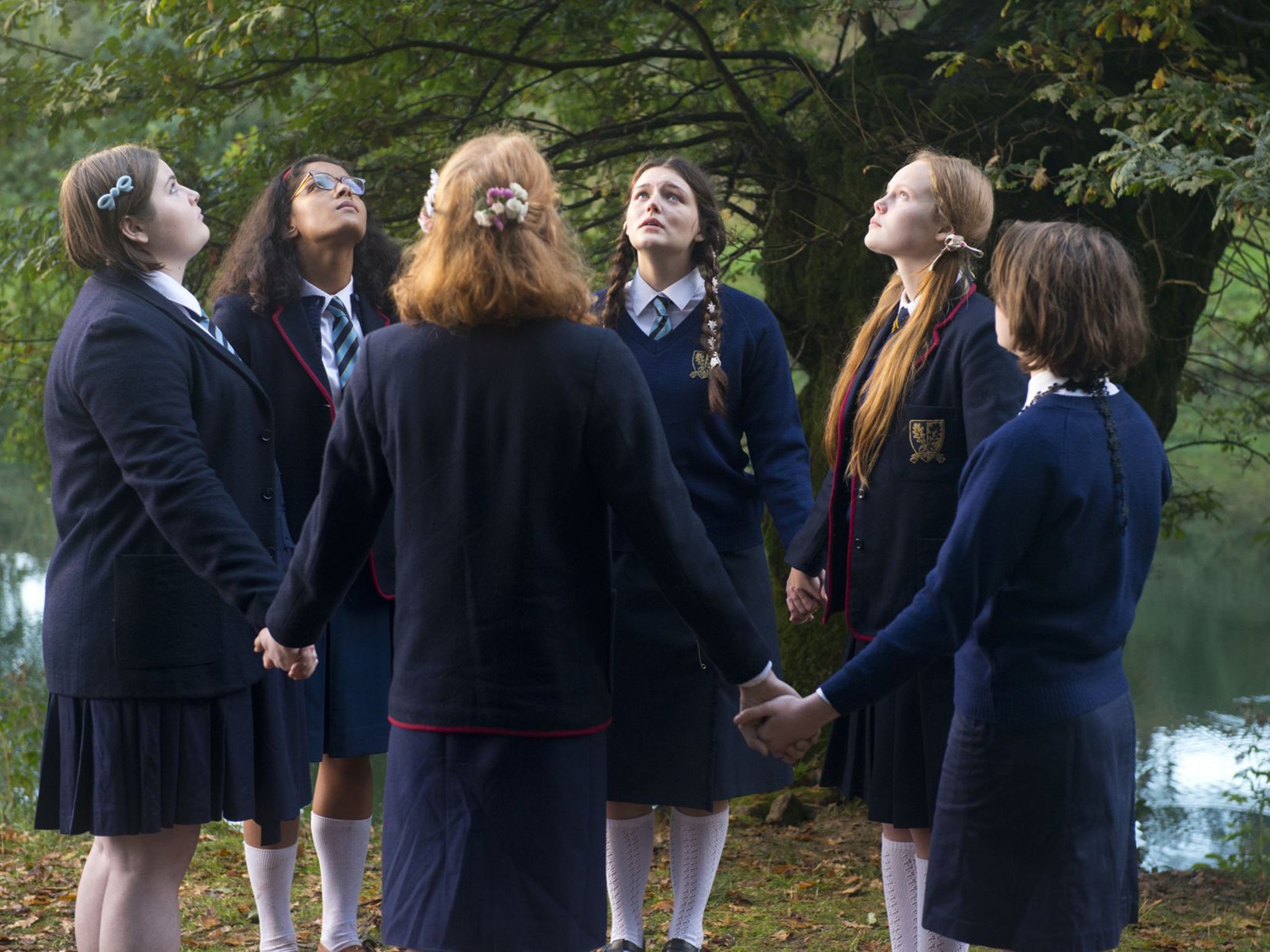Did mass hysteria cause 40 pupils to faint at a Remembrance service?
School children at Outwood Academy in Ripon, North Yorkshire, were treated for anxiety-based nausea and faintness. Kate Hilpern asks the professionals how this mysterious condition takes hold

It all started at the Remembrance service in an overly warm assembly hall, and once the first student had hit the ground, others began falling like dominoes. Eventually, 40 school children at Outwood Academy in Ripon, North Yorkshire, were treated by ambulance crews for anxiety-based nausea and faintness in what appears to be a case of mass hysteria.
It's not the first time schools have experienced mass hysteria. Often (and this was the case with Outwood), causes such as toxic leaks are suspected, but not found. In Mount Pleasant, Mississippi, in 1976, school officials even suspected mass drug use after 15 students fell to the ground writhing, but nothing was found. At one point, a third of the school's 900 students stayed home for fear of being bewitched.
In November 2012, more than 1,900 school children and five teachers across 15 schools in Sri Lanka were treated for skin rashes, vomiting, vertigo and cough, believed to be caused by mass hysteria. Meanwhile, in late 2011, 12 high school girls in New York developed Tourette-like symptoms, with several more students and an adult coming forward with similar symptoms.
No wonder the concept has been picked up by the film world, with the recent movie The Falling telling the story of schoolgirl Lydia, who suffers a fainting spell that becomes an epidemic.
Chartered psychologist Alan Redman favours the term "psychogenic illness" to describe these episodes. "What we're talking about in these school cases, which are not that uncommon, is an illness that feels very real and which is transferred through psychological means rather than physical ones."
He says there's always a trigger that causes the first person to become anxious and demonstrate symptoms. "In this week's case, it looks like that was the heat in the room, along with the tension and emotion that may have been stirred up at the Remembrance service. Seeing this person vomit or faint, or whatever else they do, makes others around them feel anxious and reach a state of hypervigilance, causing them to closely monitor themselves for the same symptoms, which in turn can lead to psychosomatic symptoms. The reaction is a bit like when you hear the word 'itch', and you start to feel it yourself. This physical and psychological processis exacerbated where you have large numbers of people together."
Humans, he explains, form identity primarily through the groups they are members of. "Obviously, at school this process is heightened because young people, particularly adolescents, are looking for an identity more than most and are much closer to the people in their groups. If you look at research into psychogenic illnesses, it is much more likely to affect this age group, girls more than boys."
"One of the things I do when I'm working with people with hypochondriasis is to get them to sit and stare at one of their fingers that they think is fine. Before long, they'll tell you they can feel something along the lines of pins and needles, even though they know nothing is wrong," says Jane McCartney, consultant psychologist. "The point is that if you focus on any one bit of your body for long enough, you can find something wrong with it – and if everyone else is doing that around you, it's only going to encourage those thoughts."
The social hierarchy of the group is significant in mystery mass illness, she adds. "If the most popular person in the group – or at least someone that people take notice of – faints first, the less popular will likely follow their lead. So if a little mousy girl at the back of the class goes first, chances are it won't cause mass hysteria."
Chartered psychologist Felix Economakis points to a study in which a mythical disease was created by psychologists, and before long people spoke of having symptoms. "Much as we like to think we are these sexy predators, we are basically herd animals," he says.
Join our commenting forum
Join thought-provoking conversations, follow other Independent readers and see their replies
Comments